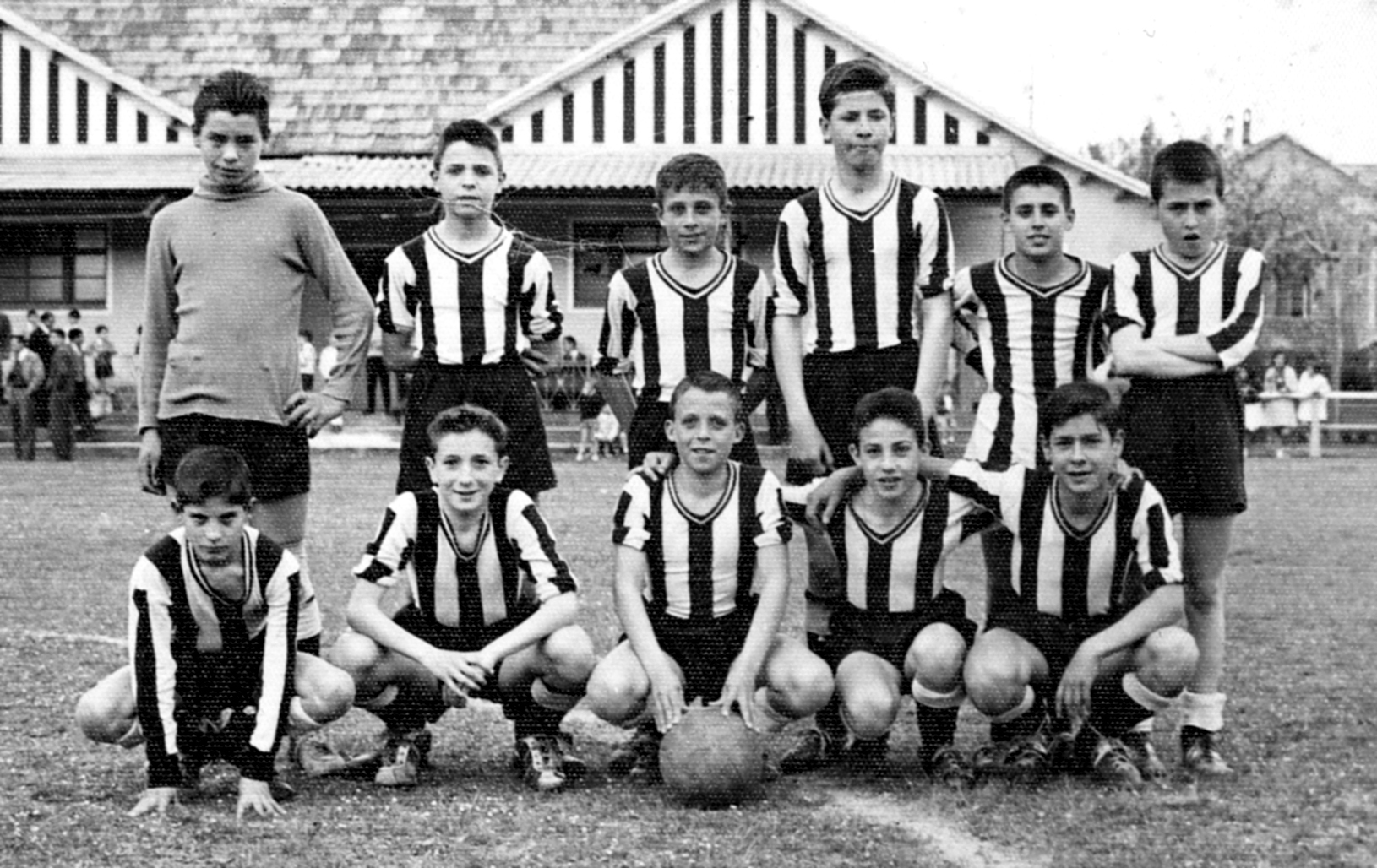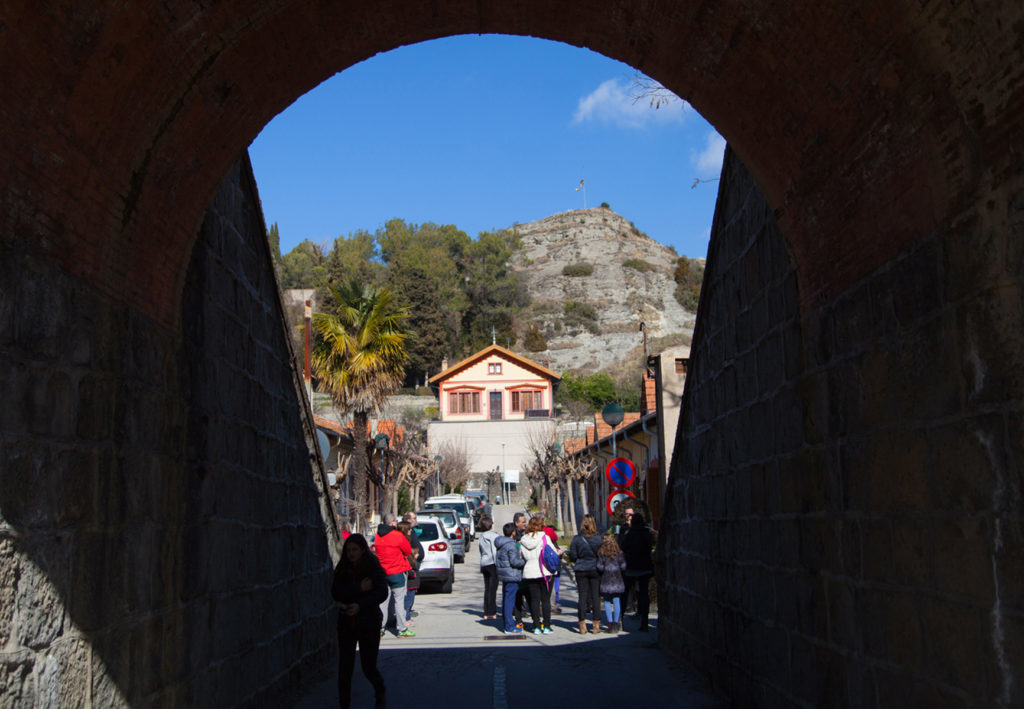
A little corner of Spain that is forever Scottish is to celebrate the links between the two countries.
Borgonya, a tiny village of 300 people an hour’s drive from Barcelona, was one of the key outposts of Paisley-based textile giant Coats.
From the end of the 19th Century, a mill churned out thread on a massive scale and expat workers had houses built for them just as they had back in Scotland.
The connections were such that streets in the remote village even had Scots names.
Market changes saw the factory finally close its doors in 2000.
But the houses remained occupied, the village vibrant and the Scots links continue with the local football team playing in St Mirren’s black and white.
Now plans for a new museum to tell the fascinating story are under way.
It is hoped tourists will swap Costas for culture and explore the rich industrial history.
“We are proud to have a colony with both heritage and historical value for Catalonia,” said Eric Sibina, Mayor of Sant Vicenc de Torello, which takes in Borgonya.
“I invite Scots to come and visit as they will find a small part of Scotland in the heart of Catalonia.”
The River Ter proved a magnet for industrialists from the mid-19th Century, with the water used to power turbines and a railway line established in 1879.
Coats, as part of a worldwide expansion that included building mills from Russia to America, bought a waterfall in Borgonya in 1893 and opened their factory two years later.
“The Coats family came with a philosophy of looking after the workers of the colony,” said Jordi Grane, historian at the regional Museu Del Ter. “And because the industrial revolution began in Britain, the Scots came with much greater knowledge of how to start a mill and set everything up. They really led the way.”
As well as using local workers, around 200 Scots were enticed across to Spain to live and work at the new mill.
A mix of traditional terraced and detached houses, complete with gardens, were built to make them feel at home.
A merger with major Spanish factories in 1903 further expanded the importance of Borgonya. At its peak, there were 1000 workers using 80,000 spinning wheels to produce more than 60,000kg of yarns every week.
Three types of thread were produced: sewing, darning and twisted, the latter used for fishing nets and tarpaulin.
“It was seen as being one of the best threads in the world and the quality brought the colony a fantastic reputation,” said Jordi. A whole community flourished during the factory’s heyday, with the provision of a church, school, pub, theatre, post office, railway station, hairdressers and more.
Workers were looked after by a company doctor and from the earliest days they were given sick leave, something which was unheard of in most Catalan factories.
The mill conditions at Coats were held up as a benchmark for other employers and a 40-hour working week was introduced in 1919.
The factory also brought with it Scotland’s sporting heritage. Coats established a football team to give workers something to do and Club Deportivo Borganya still has a saltire as part of its strip.
The oil crisis of the early 1970s that sparked industrial unrest in Spain led to a long, slow decline, resulting in the eventual closure of the factory in 2000. However, the community continued to exist with the houses sold off to former workers who then remained in the area.
The City Council of Sant Vicenc has been collaborating with the museum since 2006 on a project to conserve and revitalise the mill complex. And Borgonya was declared a Place of National Cultural Interest in 2013.
The museum keeps the story alive by staging exhibits of Borgonya’s place in history. But it’s in the city of Manlleu, well away from the village.
Now, however, plans are well advanced to bring Borgonya’s past home.
“The City Council is working to rehabilitate the house of the doctor and turn it into a museum,” confirmed Mayor Sibina.
“We aim to show off the original objects that came from the factory away back in the 19th Century.
“Then we can look to develop a further tourism project.
“We are a small town with limited resources. But it is very important for us to maintain the colony in perfect conditions.”
At the moment most visitors to Museu Del Ter and Borgonya come from Catalonia and more widely from Spain.
But tours in English will be introduced to cater for the hoped-for influx of visitors from the UK.
“We have a very special feeling for Scotland,” said Mayor Sibina.
“It is part of our history. We see the Scottish people as a brother. The Scottish flag flew above the factory for a long time and one our roads is called Paisley Street, so there is so much shared history.”

Enjoy the convenience of having The Sunday Post delivered as a digital ePaper straight to your smartphone, tablet or computer.
Subscribe for only £5.49 a month and enjoy all the benefits of the printed paper as a digital replica.
Subscribe